Growth in the Chemical Industry
The Viscosity Reducing Agent Market is significantly influenced by the expansion of the chemical sector. As chemical manufacturers strive for higher efficiency and lower production costs, the incorporation of viscosity reducing agents becomes increasingly relevant. These agents are essential in various applications, including paints, coatings, and adhesives, where they enhance product performance and stability. The chemical industry is projected to grow at a CAGR of 4.5% over the next five years, which will likely bolster the demand for viscosity reducing agents. Additionally, the trend towards producing eco-friendly and sustainable chemical products further drives the need for innovative viscosity reducing solutions. This growth trajectory suggests a promising outlook for the viscosity reducing agent market, as manufacturers adapt to evolving consumer preferences and regulatory requirements.
Increasing Oil and Gas Production
The Viscosity Reducing Agent Market is experiencing growth due to the increasing demand for oil and gas production. As extraction techniques evolve, the need for efficient flow assurance solutions becomes paramount. Viscosity reducing agents play a crucial role in enhancing the flow of crude oil, particularly in challenging environments. The market for these agents is projected to reach USD 1.5 billion by 2026, driven by the need to optimize production and reduce operational costs. Furthermore, the rise in unconventional oil extraction methods, such as shale gas and oil sands, necessitates the use of viscosity reducing agents to facilitate transportation and processing. This trend indicates a robust future for the viscosity reducing agent market, as companies seek to improve efficiency and reduce energy consumption in their operations.
Expansion of the Construction Industry
The Viscosity Reducing Agent Market is also influenced by the expansion of the construction sector. As infrastructure projects increase globally, the demand for construction materials that require viscosity reducing agents is on the rise. These agents are essential in the formulation of concrete and other building materials, where they improve workability and reduce water content. The construction industry is projected to grow at a CAGR of 5% over the next few years, which will likely drive the demand for viscosity reducing agents. Additionally, the trend towards sustainable construction practices further emphasizes the need for innovative solutions that enhance material performance while minimizing environmental impact. This growth in the construction sector indicates a robust future for the viscosity reducing agent market, as it adapts to the evolving needs of the industry.
Rising Demand in the Automotive Sector
The Viscosity Reducing Agent Market is witnessing a surge in demand from the automotive sector. As vehicles become more sophisticated, the need for high-performance lubricants and fluids increases. Viscosity reducing agents are integral in formulating engine oils and transmission fluids that meet stringent performance standards. The automotive industry is expected to grow at a rate of 3.2% annually, which will likely enhance the demand for viscosity reducing agents. Furthermore, the shift towards electric vehicles necessitates the development of advanced lubricants that can operate efficiently under varying conditions. This evolving landscape indicates that viscosity reducing agents will play a pivotal role in ensuring optimal performance and longevity of automotive fluids, thereby driving market growth.
Technological Innovations in Product Development
The Viscosity Reducing Agent Market is benefiting from ongoing technological innovations in product development. Advances in formulation technologies are enabling the creation of more effective and environmentally friendly viscosity reducing agents. These innovations not only enhance the performance of the agents but also align with the increasing regulatory pressures for sustainable products. The market is expected to see a rise in the introduction of bio-based viscosity reducing agents, which could capture a significant share of the market. As companies invest in research and development, the potential for new applications and improved formulations appears promising. This trend suggests that the viscosity reducing agent market will continue to evolve, driven by the need for enhanced performance and compliance with environmental standards.


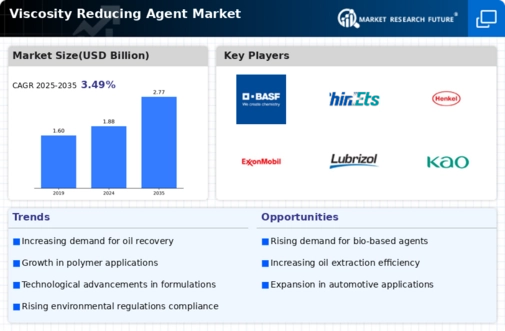
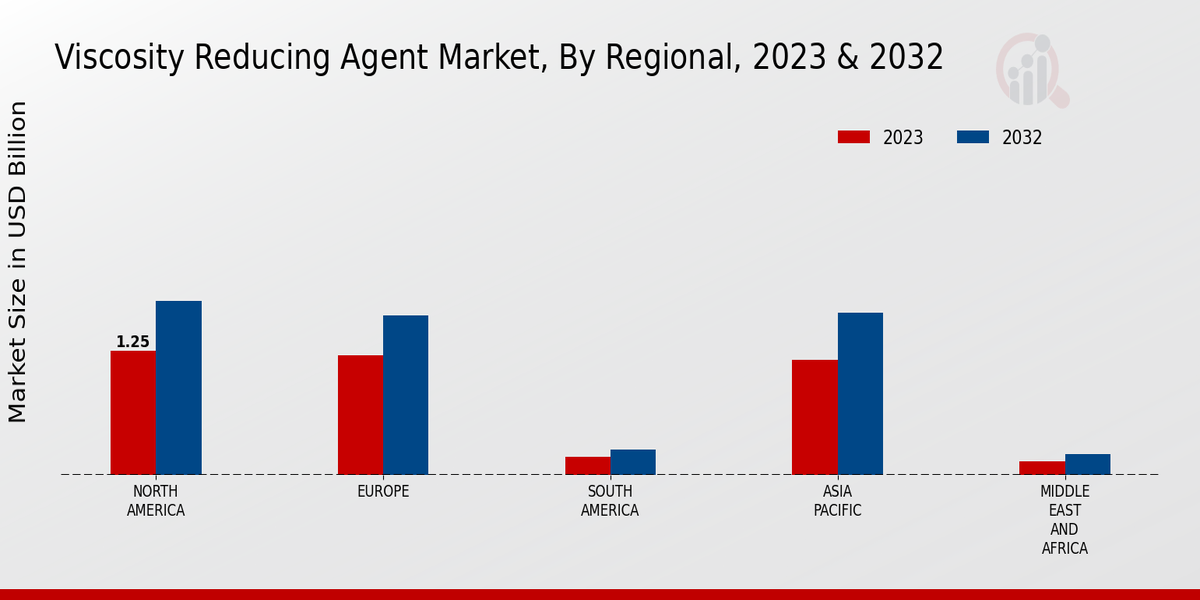
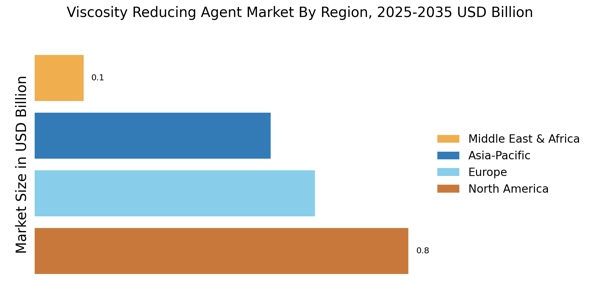

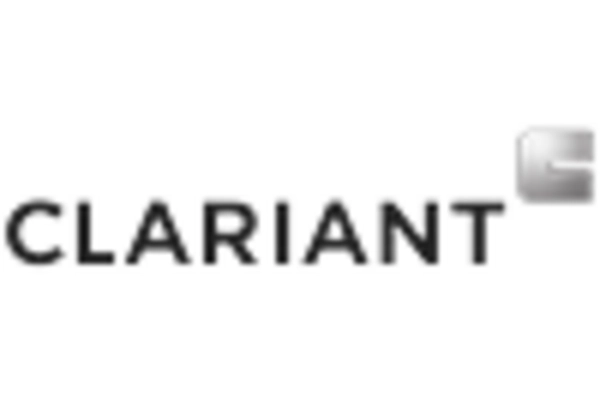


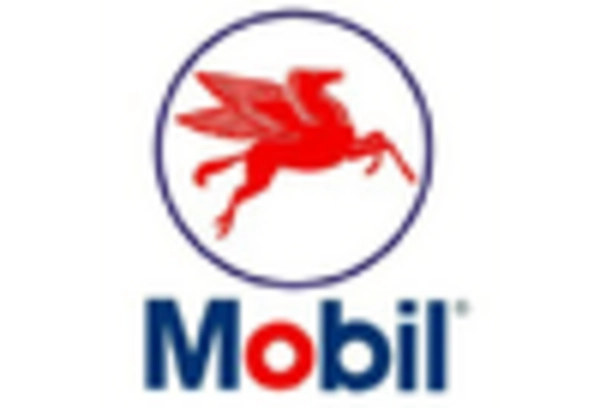









Leave a Comment